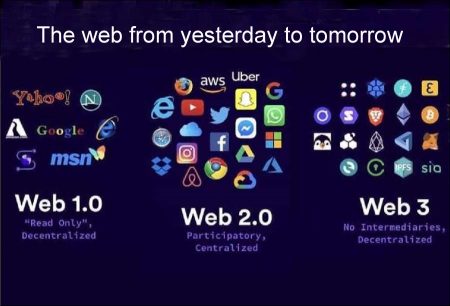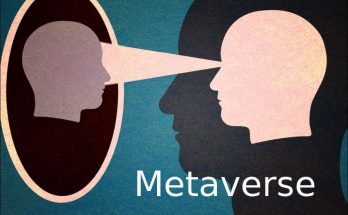
First there was Web 1.0. Then came Web 2.0. Now is the time for Web 3.0. “What were Web 1.0 and Web 2.0? Now you put Web 3.0 in front of us.” If you ask, we will try to explain them all together in the simplest form.
Web 1.0 Reading period: Static period in which servers act as intermediaries, only information is obtained, no comments are made.
Web 2.0 Reading and writing era: Platforms are the intermediaries, social media is the hero. A dynamic period in which content is produced, shared and interacted with.
Web 3.0 Adoption era: Everyone is online. The decentralized semantic era, directly from user to user, without any server or platform intermediary. It works entirely on the blockchain and forms the infrastructure of the Metaverse.
Web 3.0 is a new generation of internet technology that is largely based on machine learning and artificial intelligence. It aims to create more open, connected and intelligent websites and web applications focused on machine-based evaluation of data.
Web 3.0 aims to provide user-friendly and more personalized information faster through the use of artificial intelligence and machine learning techniques. Doing this may be possible with the use of smarter search algorithms and the development of Big Data analytics.
Features that make Web 3.0 superior
No central control point: No intermediaries. It reduces the risk of censorship by governments or companies and the impact of Denial of Service (DoS) attacks.
Correct information: As more products connect to the internet, larger data sets begin to present more data to algorithms for analysis. Algorithms can then surface more accurate information that addresses the specific needs of individual users.
Cannot be manipulated: Web 2.0 also brought social bookmarking systems, but these can be manipulated. With smarter algorithms, manipulated results can be filtered out by AI.
More successful advertising and marketing: Nobody likes to be bombarded with online advertisements. But if ads appeal to a person’s interests and needs, they can be helpful rather than annoying. Web 3.0 aims to improve advertising by using more intelligent artificial intelligence systems and target specific audiences based on consumer data.
Better customer support: When it comes to websites and web applications, customer service plays a key role for a better user experience. However, because their costs are too high, many successful web services fail to scale their customer service operations to a similar degree. With the use of smarter chat engines that can talk to multiple customers at once, users can have a better experience when interacting with support.
Hits: 26



